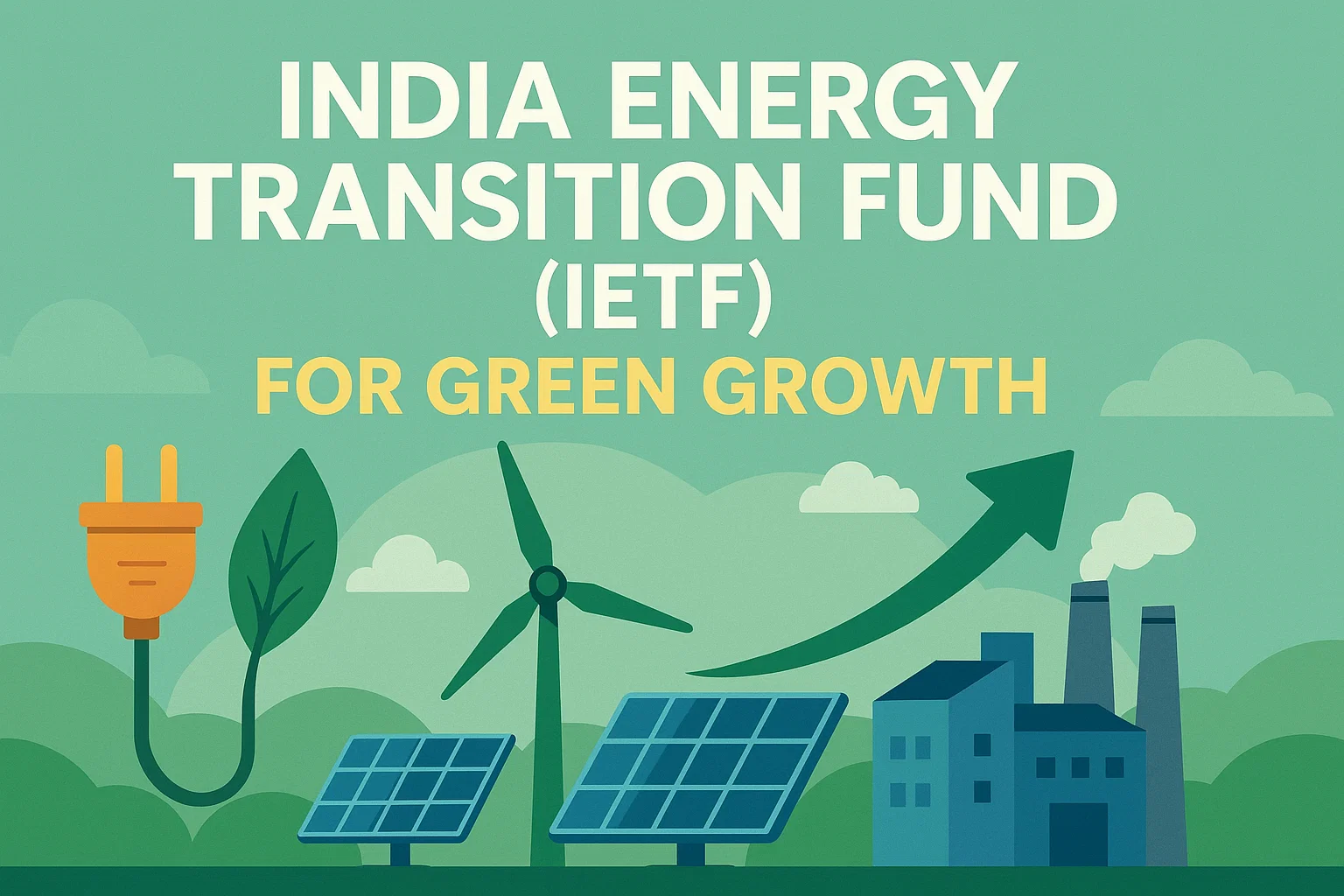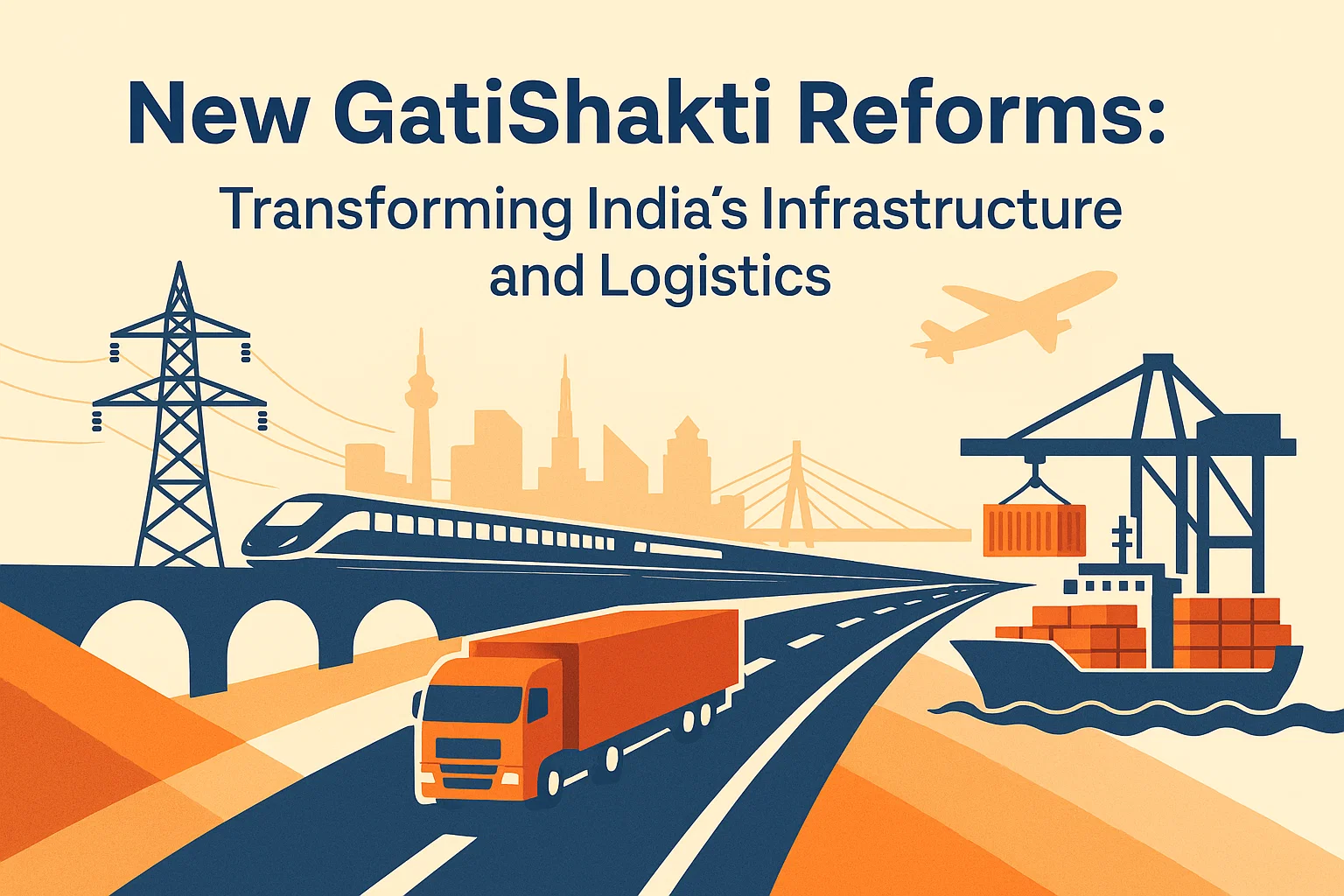Font size:
Print
Private Capex in India
How Indian Companies Plan to Invest?
Context: Capital Expenditure (Capex) plays a pivotal role in driving long-term economic growth by enhancing productivity, increasing capacity, and modernising infrastructure.
More on News
- In India, government-led capex dominated the economy in the decades following independence due to a state-centric economic model.
- However, the 1991 Liberalisation, Privatisation, and Globalisation (LPG) reforms marked a structural shift, positioning the private sector as a primary driver of economic growth.
- Until recently, India lacked a robust macro-level mechanism to assess private sector investment trends.
- That gap was addressed in 2025 with the launch of the Forward-Looking Survey on Private Sector Capex Investment Intentions (PSCII) by the Ministry of Statistics and Programme Implementation (MoSPI).
- Initiated after recommendations from the Parliamentary Standing Committee on Finance, this groundbreaking survey aims to support data-driven policymaking by collecting insights from businesses registered under the Ministry of Corporate Affairs (MCA).
PSCII Survey: Measuring Private Capex in India
- The PSCII survey constructed a sample frame of 16,025 enterprises, out of which 5,380 firms were studied.
- Based on data quality and capex intent, 2,172 enterprises were included in the final analysis.
- While this represents only 0.001% of India’s 1.8 million registered companies, the results offer critical insights into sectoral investment behaviour and market sentiment.
Major Findings
- Private capex grew by 24% between FY 2021–22 and FY 2025–26, indicating strong capital investment recovery.
- The manufacturing sector led in total investment, followed by Information and Communication Technology (ICT).
- On a per-enterprise basis, human health and social work, ICT, and power sectors showed the highest investment intensity.
- Total projected private investment for FY 2025–26 stood at INR 4.9 trillion, compared to the government’s planned capex of INR 11.21 trillion.
- This trend reveals the growing weight of private investment in India’s economic landscape, reinforcing the rising influence of monetary policy in shaping growth trajectories.
Sectoral Investment Patterns and Growth Indicators
The PSCII survey also sheds light on India’s post-pandemic private sector performance:
- Gross Fixed Assets (GFA) per enterprise surged by 33%, reflecting improved capital formation and capacity building.
- About 40% of firms plan to invest in core operations, while 12% intend to pursue opportunistic ventures.
- Green investment remains minimal, with just over 1% of total capex directed towards sustainability-related initiatives.
Spotlight on Manufacturing and Power Sectors
- Manufacturing accounts for 70% of total GFA, confirming its central role in private sector expansion.
- The power sector, though smaller in number, recorded the highest GFA per enterprise, pointing to oligopolistic concentration and signalling the need for pro-competition regulatory frameworks.
- Finance and insurance sectors, despite their output significance, reported the lowest GFA per enterprise, highlighting their labour-intensive nature.
Realisation Ratio (RR): A Key Metric for Investment Health
- The Realisation Ratio (RR)—a measure of how much planned investment actually materialised—declined sharply in FY 2023–24.
- Contributing factors include:
-
-
- Global economic uncertainty,
- High borrowing costs,
- Over-investment in certain sectors,
- Disruptive policy or regulatory changes.
-
- Sectoral RR Performance:
- Agriculture led with the highest RR, followed by ICT and hospitality (accommodation and food services).
- Manufacturing’s RR dropped significantly, underlining the need for sector-specific risk mitigation strategies and fiscal support.
Low Green Capex: A Missed Opportunity
- Despite India’s ambitious climate targets, green capex remains underwhelming.
- Only the manufacturing sector has allocated more than 4% of its capex toward energy transition or conservation.
- Other key sectors—including power, transport, and trade—have not reported any notable sustainability-driven investments.
Policy Recommendation
To close this gap, the government must introduce targeted green investment incentives such as:
- Tax credits for renewable energy and clean technology adoption,
- Subsidies for energy-efficient industrial upgrades,
- Mandatory ESG disclosures for large enterprises.
Building a Policy Framework from PSCII Data
- The inaugural PSCII survey creates a foundation for evidence-based economic policy.
- By analysing capex intentions, firm sizes, and realisation rates, the government can develop responsive strategies, including:
- Temporary tax breaks during periods of capex slowdown,
- Antitrust measures to decentralise fixed asset concentration,
- Enhanced ease of doing business reforms to encourage new private investments.
- Moreover, the insights from PSCII can help the Reserve Bank of India (RBI) and other agencies to better calibrate monetary policy, especially interest rate decisions, based on private sector investment expectations.
- To further refine policymaking, future editions of the PSCII must expand the sample size and include micro, small, and unlisted enterprises, which form the backbone of India’s private sector.
To maintain investment momentum and ensure sustainable, inclusive growth, India must adopt a smart, responsive, and data-driven policy framework. By leveraging insights from the PSCII and aligning regulatory incentives, the government can accelerate private capital formation and build a resilient, future-ready economy.



